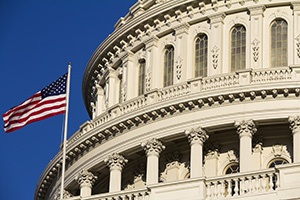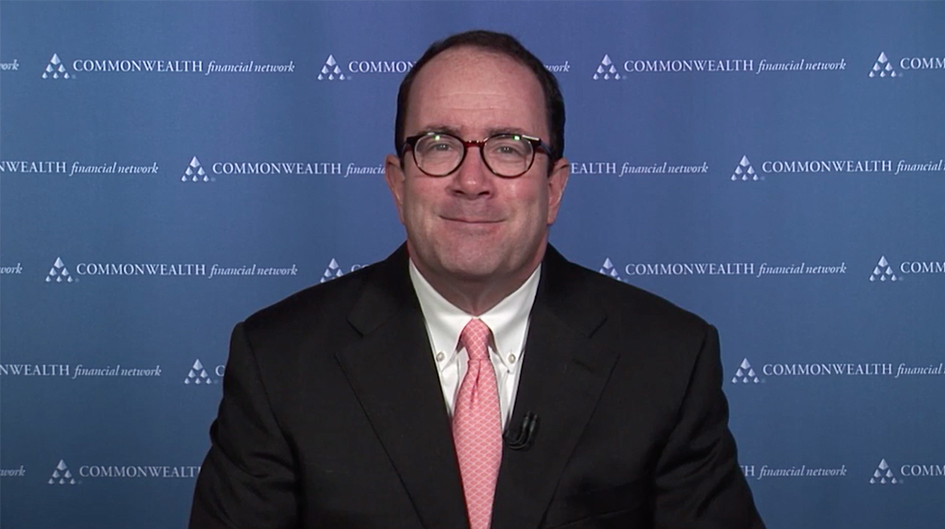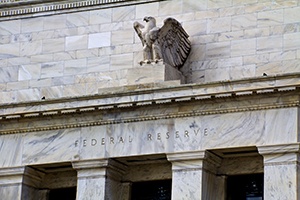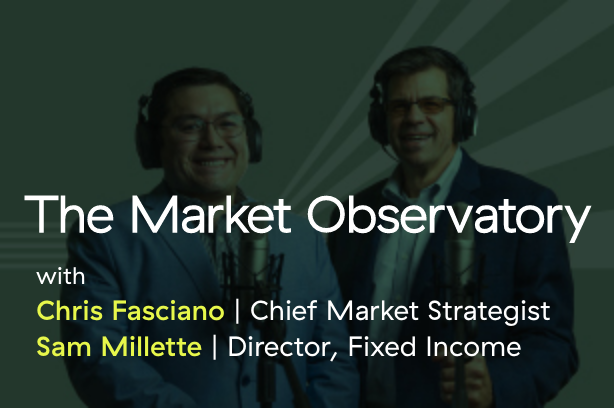We are getting close to the decision point on whether large parts of the government will shut down again. Much of our discussion on the first shutdown still applies—the direct economic damage will be real but limited. As we look seriously at a repeat, though, we need to spend some time thinking about the indirect damage. If shutdowns become a regular feature of government, then the effect will be linear but could also rise substantially.













